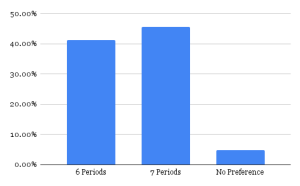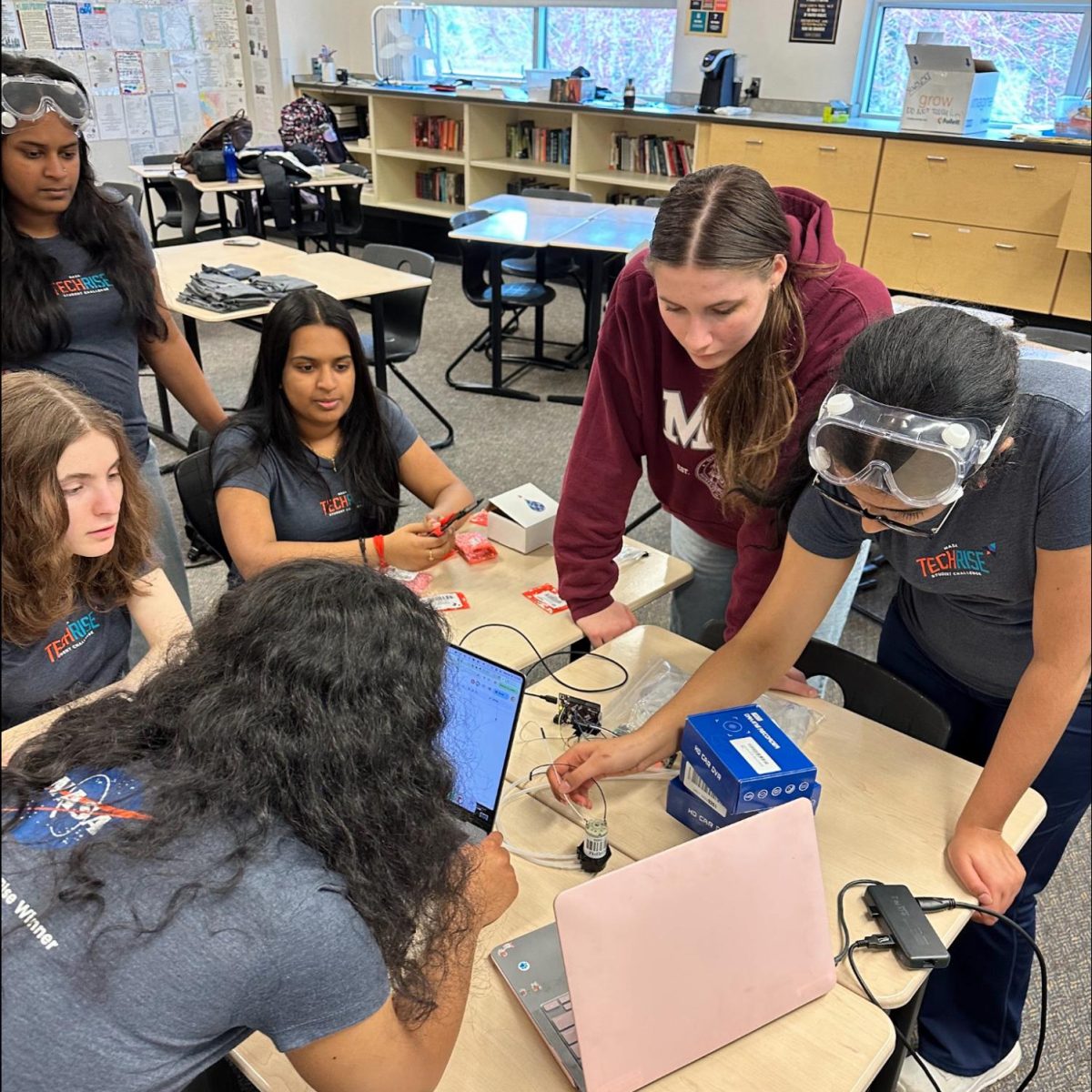Northshore School district is currently facing a crippling 26 million dollar budget deficit. According to the NSD website, this is a distressing 5% of the district’s entire budget. The profound impact of this shortfall means things like nurses, recess teachers, music programs, sports, transportation, special education teachers and resources, and other vital resources are all susceptible to big cuts, leaving students and teachers with fewer resources and aid.
Twenty-six million dollars is a substantial amount of money, and the cause of this deficit involves several factors. Student enrollment has been declining while staff employment is staying the same or increasing to cater to student needs. The fewer students the district has, the less funding they receive from the state.
Additionally, the state has continued to underfund public education, specifically special education. In the 2022-2023 school year, Northshore spent 25.6 million dollars to make up the gap between what the state provided for special education and what students need and deserve. The District says, “If the state was paying the full cost of legally required special education services, our current budget deficit of 26 million dollars would be eliminated and no reductions would be needed” (nsd.org).
Not to mention, the state’s funding hasn’t kept up with inflation, which further adds to the budget issues. An NSD employee – who wished to remain anonymous – pointed out concerns held by many; “the government should fully fund education […] a lot of students are going to lose the help they get, a lot of teachers are going to be in trouble because they will have much more work with less support.”
The budget cuts will affect everyone, there is no way around it. Reducing the amount of periods in a school day from 7 to 6 is the largest way the district can save money, conserving about 6 million dollars. After an anonymous survey, one BHS student said “Having seven periods instead of six can offer students a more diverse and well-rounded education […] there’s room for a broader range of subjects, extracurricular activities, and electives,” while another student mentioned “6 periods would create more balance between classes and allow more students to excel academically.” Survey results show that BHS students are almost 50/50 on this topic, although seven periods is slightly more favored.
After surveying 114 BHS students on their preference for 6 or 7 period school days, here are the results:

Recognizing the urgency, NSD has laid out a budget development timeline and a communication and engagement plan, accessible on nsd.org under the ‘our district’ tab. Students can get involved, advocating for programs they wish to preserve, attending NSD budget development meetings, or supporting government funding regarding public education. The district hopes to efficiently solve this issue, keeping the needs of staff and students in mind. Advocating for change is crucial for a more equitable future for NSD, ensuring every student can get the education and support they deserve.














